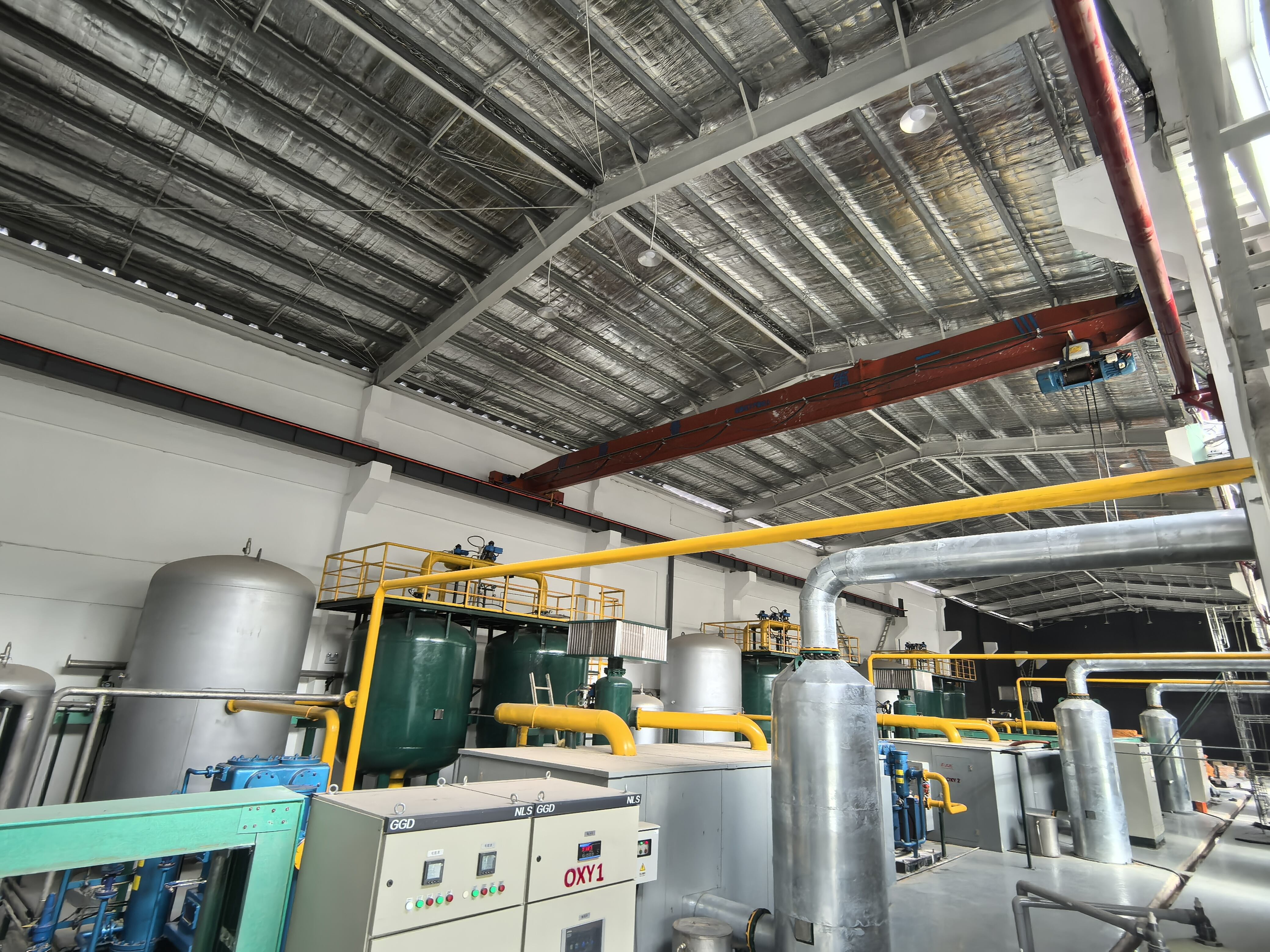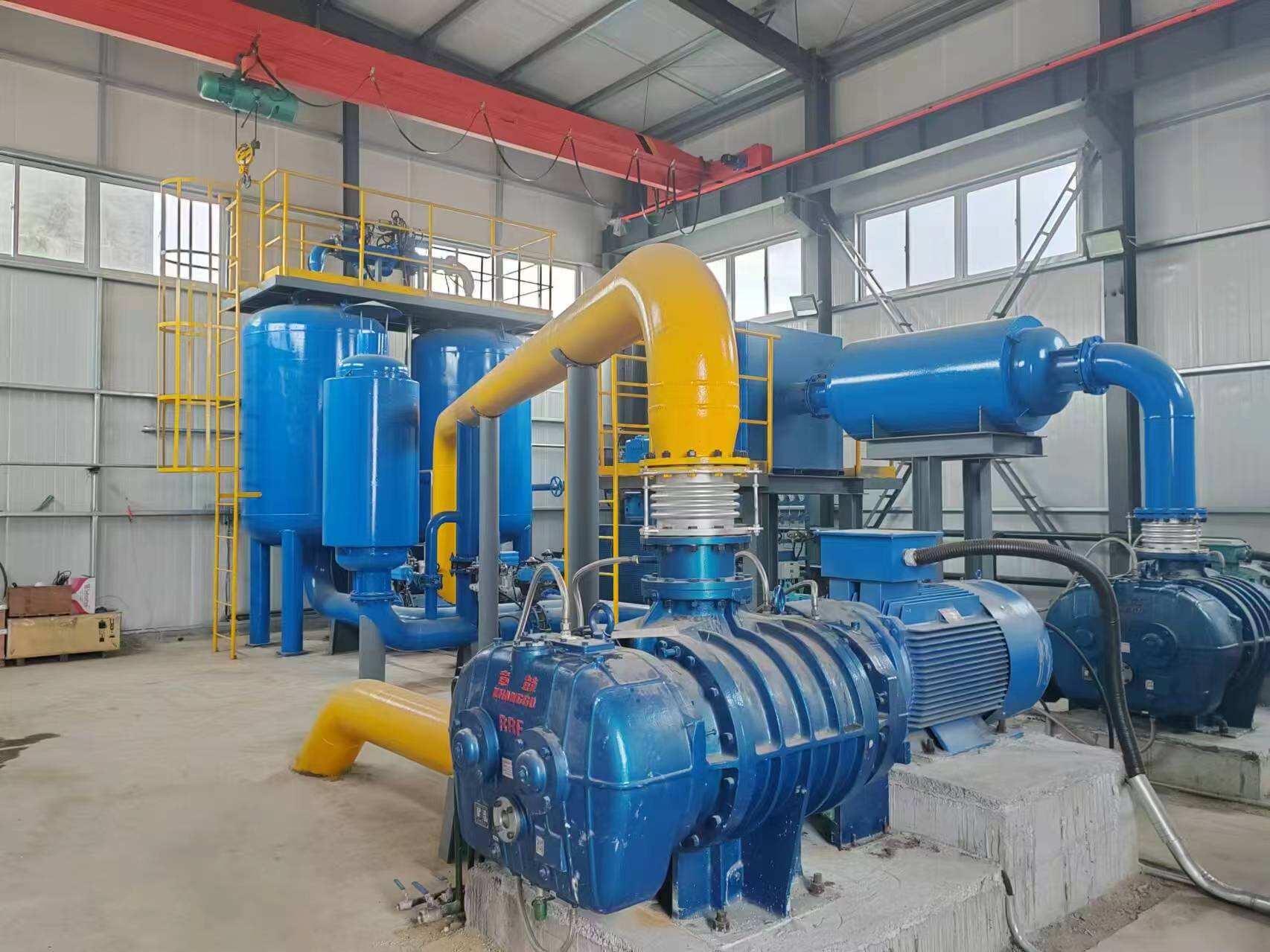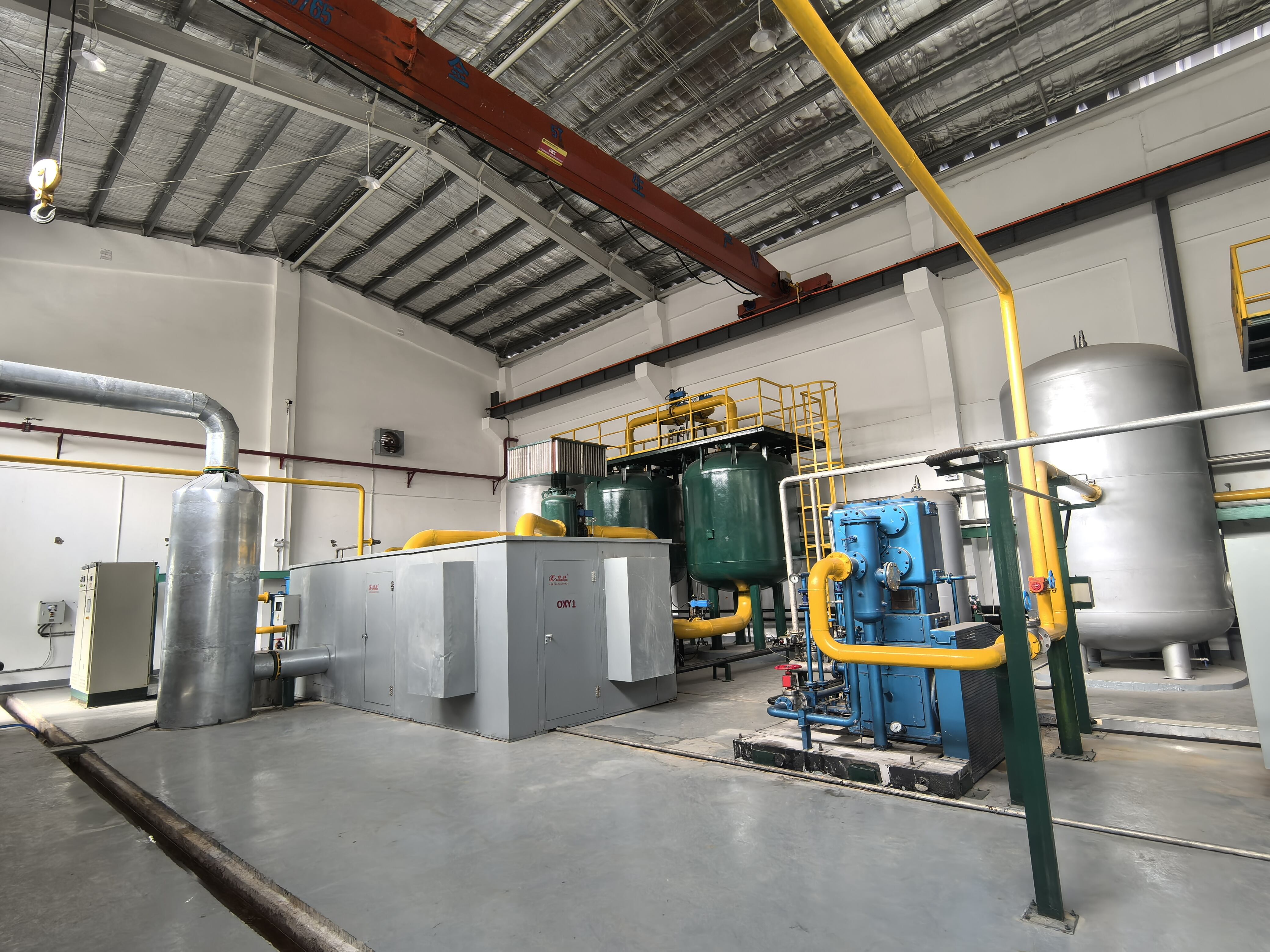vpsa காற்றை விடுதலை செயல்
VPSA (Vacuum Pressure Swing Adsorption) காற்று தொடர்பிற்கு விடுதலை செய்யும் ஒரு முன்னேற்றும் அறிவியல் தொழில்நுட்பமாகும், இது காற்றை அதன் முக்கிய உறுப்புகளாக அமைந்த அம்பில் காற்றிலிருந்து அணுகும், முக்கியமாக ஆக்ஸிஜன் மற்றும் நைட்ரஜன் ஆகும். இந்த தொழில் தேர்வாக நைட்ரஜனை அணுகும் மூலம் தனிப்பட்ட மூலக்கூறு சீவிகளை பயன்படுத்துகிறது, அதேசமயம் ஆக்ஸிஜன் கட்டாக கடுப்பதற்கு அனுமதி தருகிறது. அம்பில் காற்று அதிக அழுத்தத்தில் சுருக்கப்படுகிறது மற்றும் அது அதிக அழுத்தத்தில் அணுகும் பட்டினை மூலம் கட்டாக கடுக்கப்படுகிறது, அதன் பின்னர் அழுத்தம் குறைக்கும் பட்டினை மூலம் அணுகும் பொருளை மீளவும் உருவாக்குகிறது. VPSA தொழில் ஆக்ஸிஜன் தனிமை மாறிலியாக 90-95% அளவுக்கு எட்டுகிறது, இது பல தொழில்நுட்ப பயன்பாடுகளுக்கு ஏற்றுக்கொள்ளும் சிறந்த தேர்வாக உள்ளது. இந்த தொழில் பல அணுகும் பொருளுடன் நிரம்பிய பெட்களை உள்ளடக்கியது, இவை தொடர்ச்சியாக உற்பத்தியை உறுதிப்படுத்தும் முறையில் இயங்குகிறது. முக்கிய உறுப்புகள் அம்பில் சுருக்கு முகாவியாக, அழுத்தம் குறிப்புகளை செயல்படுத்தும் சூக்கமான கட்டுரை வடிவங்கள், அணுகும் பெட்கள் மற்றும் அழுத்தம் சுருக்கு சுழற்சிகளை மேலும் நியமிக்கும் சூக்கமான கட்டுரை வடிவங்கள் ஆகும். இந்த முறை நிலையான காற்று உற்பத்தியை வழங்குவதற்காக கிரையோเจனிக் விடுதலை அல்லது தரையில் ஆக்ஸிஜன் தரவு முறைகளை விட அதிகமாக செல்லாத மற்றும் தேதியான விடுதலை வழங்கும் வழியாக தொழில்நுட்பத்தை மாற்றியது. இந்த முறை மருத்துவ அமைப்புகளில், அரிசிப்பொருள் தயாரிப்பு, கண்ணாடி உற்பத்தியில் மற்றும் நீர் தொழில்நுட்ப அமைப்புகளில் முக்கியமாக அமைந்துள்ளது, இங்கு தொடர்ச்சியான ஆக்ஸிஜன் வழங்குதல் சிறந்ததாக உள்ளது. புதிய VPSA அமைப்புகள் செயல்பாட்டு செலவுகளை குறைக்கும் மற்றும் தொழில்நுட்பத்தை அதிகரிக்கும் முறையில் உறுதியாக வடிவமைக்கப்பட்டுள்ளது, அதிகமான சூடு மீள்வு அமைப்புகள் மற்றும் முன்னேற்றும் கட்டுரை அல்கோரித்தம்கள் சேர்த்துள்ளது.


